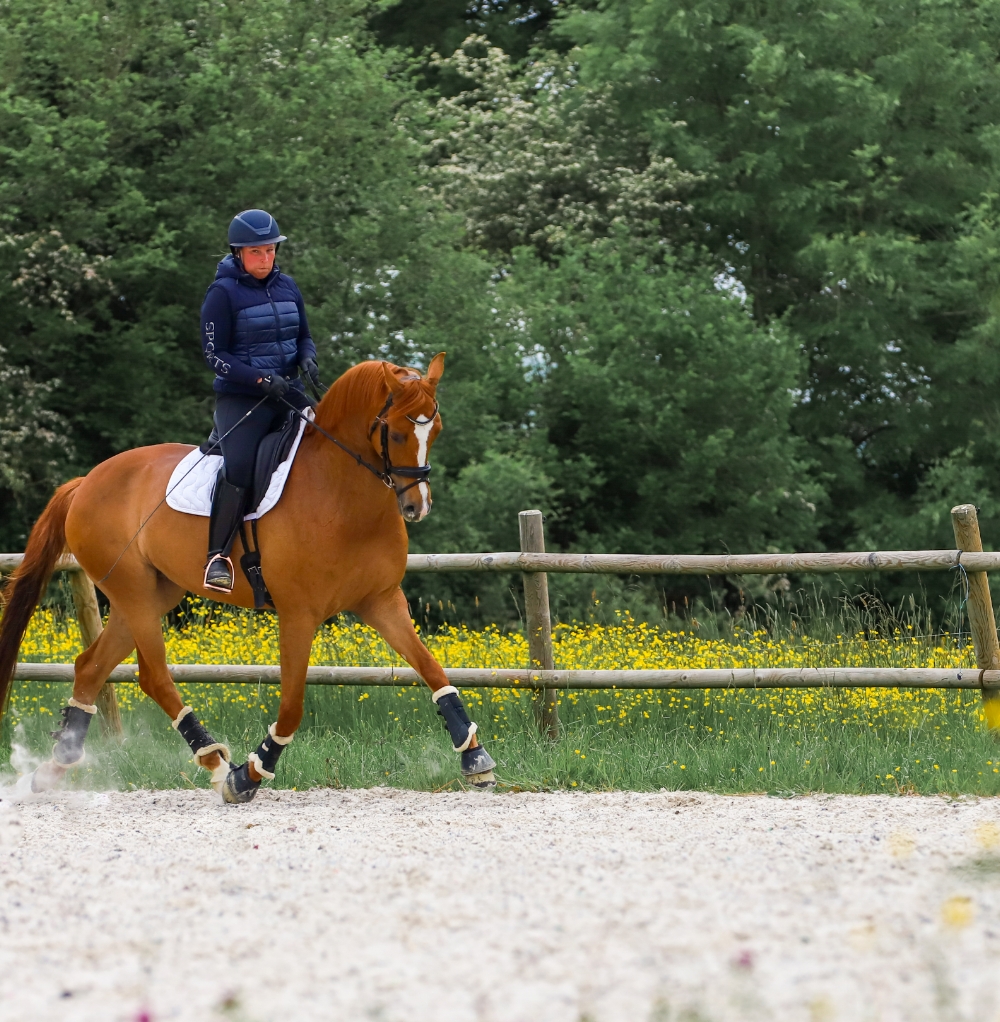Négociation
Nous vous accompagnons dans le cadre de la rédaction, négociation et résiliation de vos contrats et projets équins.
Conseil
Nous vous conseillons sur la création, mise en œuvre et exploitation de vos projets équins.
Contentieux
Nous protégeons et défendons vos intérêts devant les juridictions françaises et à l’international.
Family Office
nous vous assistons dans le cadre de la gestion de vos portefeuilles et actifs dans la filière équine, que ce soit sur des investissements de chevaux de sport ou des courses hippiques (conseil sur la fiscalité applicable, gestion des visites vétérinaires d’achat, audit et rédaction des contrats).
nombre d’années d’expérience professionnelle en droit équin et de la filière équine
nombre de dossiers en droit équin traités ou en cours
nombre de pays dans lequel nous intervenons actuellement
Les actualités du cabinet
Retrouvez nos événements et les décisions judiciaires obtenues pour nos clients.
Filière équine
![]()
En parallèle de nos expertises en sports équestres et courses hippiques, nous avons travaillons également auprès des entreprises équestres et prestataires de services de la filière équine tels que les vétérinaires équins, les maréchaux-ferrants, les transporteurs ainsi que les entreprises de nouvelle génération telles que des entreprises de conseil et plateformes collaboratives.
Notre méthode de travail
Prise
de contact
Nous sommes rapidement joignables par téléphone afin prendre les premières informations sur votre dossier. Si besoin, nous vous proposerons de fixer un rendez-vous pour une connaissance plus importante des éléments du dossier.
Transmission
Notre analyse dépend de la qualité du dossier transmis c’est-à-dire l’exhaustivité des informations et documents. Nous nous adaptons à l’envoi des documents de votre dossier par tout moyen sécurisé.
Analyse
Notre expérience professionnelle nous permet de réaliser une analyse rapide et efficace de votre dossier avec une compréhension rapide des enjeux avant d’émettre une proposition financière pour la démarche proposée. Nous vous interrogeons sur votre objectif et adaptons notre analyse en fonction afin de vous proposer une démarche sur mesure.
Solution
Après avoir exposé les résultats de notre analyse et les différentes options, nous mettons en œuvre la démarche validée d’un commun accord. Nous vous tenons régulièrement informés de l’état d’avancement du dossier, au fur et à mesure.









